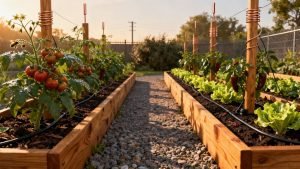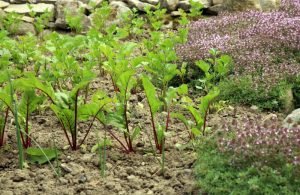Last Updated on July 29, 2024 by teamobn
Growing vegetables, flowers, shrubs, and trees from seeds and cuttings is at once fun and rewarding. But plant transplant shock loss – which either kills or weakens plants – can take the joy out of this cherished activity.
Plants
have evolved to stay in one place. In nature, they put down roots and remain in
one spot until they die. They are susceptible to damage when we move them.

How to Minimize Transplant Shock
While a plant’s thickest roots are closest to the root ball, its most important roots – those necessary for the plant to survive and thrive – are farthest from the plant. These roots are like thin, delicate hairs that absorb most of the water spread throughout the soil.
Damage to the roots, transplant stress, or even improper transplanting, can kill or weaken plants. But the most severe transplant shock is caused by too much stress or injury to the plant roots during the transplanting process.
Here are 6 tips to minimize the effects of transplant shock.
1. Buy healthy plants.
Before buying a new plant, check that they are the best and healthiest ones in the nursery. Avoid any plant that looks like it is suffering from pests, fungi, diseases or other issues. Don’t buy root bound plants – or plants with root damage.
Buying healthy plants increases the chances of a successful transplant process. Healthy plants are more likely to survive transplant shock.

2. Transplant at the right time.
The beginning of spring or the end of fall are the safest times to transplant, providing the best conditions for almost any technique.
Do not attempt to transplant on summer days. This is a dangerous time to move plants as the heat can worsen the effects of shock. Experts recommend that you transplant in the late afternoon to avoid excessive heat.
Container
plants transplant more readily than seedlings – especially if you know the soil
and are familiar with the basics of gardening. You can transplant container
plants any time in between freezing and thawing.

(Photo: Daryl Mitchell/Flickr)
3. Try not to damage the roots.
When you dig or move plants, you will probably have to bother the root system a bit. But you can minimize the effect of transplant shock by keeping the root system intact. Don’t shake out the soil too much when you move the plant.
The tiny roots at the farthest end of the root ball are necessary for the plant’s health and growth. By minimizing – or avoiding – damage to the roots, you reduce the chances of severe transplant shock.
Make
sure the root ball remains moist, as well. If the roots become totally dry, the
roots die and then the whole plant dies.

4. Transplant properly.
No matter how careful you are, plants will go through some stress when moved. Be sure to handle them gently. You should also make sure you choose a spot with the right amount of sun, soil drainage, and quality. Then transplant using proper planting techniques.
Dig
large planting holes and provide good drainage to allow extensive root systems
to develop. Always ensure appropriate depth. Remember to remove any dead leaves
or branches from the plant.
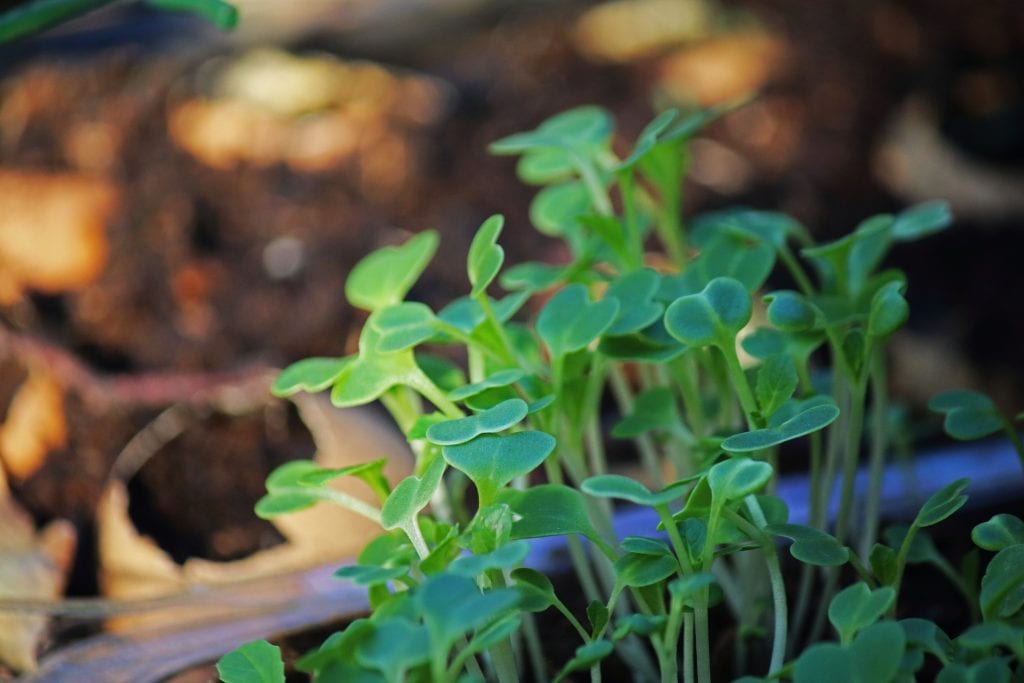
5. Provide adequate water.
Proper – and immediate – watering is an important step in the transplanting process. Sufficient water helps plants or trees cope with transplant shock.
That being said, you should always bear in mind the particular watering requirements of your plant. For instance, a cactus will require less water than lettuce or fruit tree seedlings.
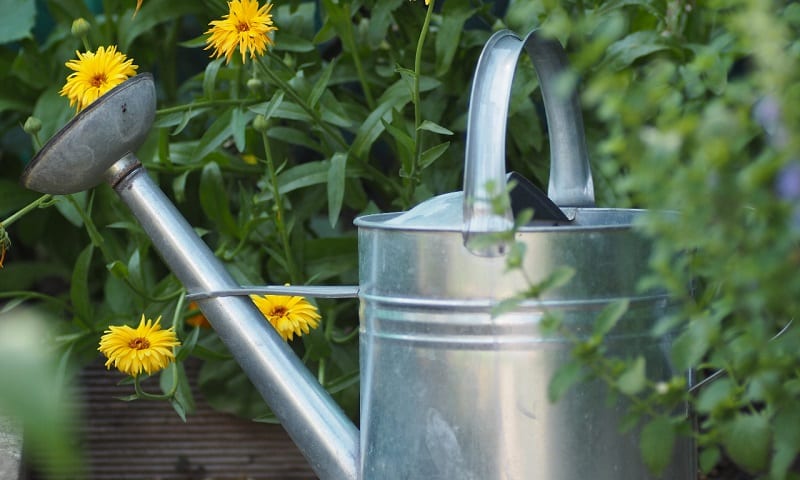
6. Fortify root systems with root boosters or Epsom salt.
Once transplanted and properly watered, you can encourage plant root development with a root booster fertilizer or an Epsom salt transplant solution.
Although you can apply root stimulators to the soil, experts agree that the better option is a fertilizer with nutrients that naturally encourage root growth. Organic fertilizers that are high in phosphorus and potassium are excellent as they support root growth in plants.
Phosphorous
and potassium encourage plants to put down a dense collection of new roots and
strengthen existing roots as they develop. This is good for plants during times
of drought or little rainfall. It will also help newly transplanted plants
develop sturdy roots to better seek out moisture and nutrients in the soil.
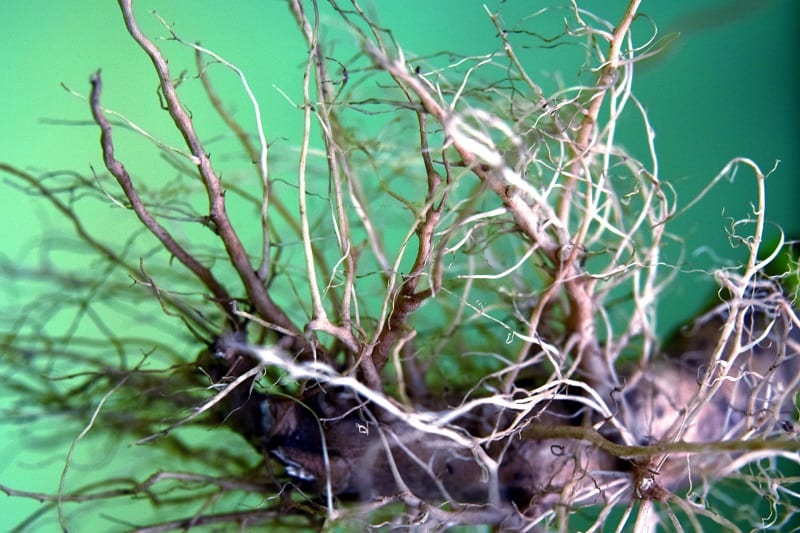
Some experienced gardeners recommend Epsom salt or an Epsom salt solution to promote deep root growth.
To use Epsom salt for root development, mix one tablespoon of Epsom salt for every one gallon of water and apply to the roots of newly transplanted plants.
You
can also try adding one to two teaspoons of dry Epsom salt directly to the hole
before transplanting a bush or flowers. After tamping down the soil, water
thoroughly.

Understanding the Signs of Transplant Shock in Different Plant Types
Transplant shock is a common challenge gardeners face when moving plants from one location to another. Recognizing the signs of this condition early can make a significant difference in the survival and health of transplanted plants. Each type of plant, from vegetables to trees, exhibits distinct symptoms when experiencing shock. By understanding these signs, gardeners can take swift action to mitigate stress and enhance the plant’s recovery.
Vegetables
Vegetable plants are particularly vulnerable to transplant shock because they often go from controlled environments like greenhouses or indoor settings directly into garden beds. The most common symptoms in vegetables include wilting, leaf curling, and a general sluggishness in growth. In severe cases, leaves may turn yellow or brown and drop off. Prompt intervention with appropriate watering and shading can help these plants recover more quickly.
Flowers
Floral plants add color and diversity to gardens but are sensitive to environmental changes. When suffering from transplant shock, flowers may fail to open, or existing blooms may wilt and fall prematurely. Stunted growth and discolored leaves are also telltale signs. For flowering plants, it’s crucial to ensure that they are transplanted during the right season and with minimal root disturbance to prevent shock.
Shrubs
Shrubs can often mask symptoms of transplant shock better than smaller plants, making it harder to detect until it’s quite advanced. Indicators include drooping leaves, slowed or halted growth, and brittle, dry branches. Shrubs require careful handling during transplantation to keep their larger root systems intact and should be watered deeply yet infrequently to encourage root recovery and growth.
Trees
Trees show transplant shock symptoms over a longer period due to their size and the scale of their root systems. Signs such as leaf scorch, where edges of leaves dry out and turn brown, are common. Additionally, a sudden reduction in leaf size or an unusual leaf drop out of season can indicate stress. Trees benefit from pre-transplant pruning and post-transplant care that focuses on stabilizing the environment around the root zone.
Understanding these signs and responding promptly can greatly reduce the impact of transplant shock, ensuring that your garden remains a thriving and vibrant space. As every plant reacts differently, continuous observation post-transplant is essential to catch any early signs of distress. With proper care, most plants will recover from transplant shock and continue to grow vigorously in their new settings.
Post-Transplant Care and Monitoring
After transplanting, providing the right care and monitoring is crucial for helping plants overcome transplant shock and thrive in their new environment. Effective post-transplant care involves a combination of immediate attention and ongoing maintenance to ensure the plant stabilizes and grows. Here’s a comprehensive guide to what should be done after the move.
Immediate Post-Transplant Care
- Watering: Begin with proper watering immediately after transplanting. This helps settle the soil around the roots and provides the necessary hydration for the plant to begin adjusting to its new location. The amount and frequency of watering will depend on the plant type and the current weather conditions. Overwatering can be as harmful as under-watering, so it’s important to adjust based on the soil’s moisture level.
- Shading and Shelter: For the first few days to weeks, providing some shade can be beneficial, especially for sun-sensitive plants or if the transplant occurs during a particularly hot period. Temporary shade can be provided using a cloth or a portable shade screen.
Ongoing Maintenance and Monitoring
- Soil Management: Check the soil quality regularly. The soil should be fertile and well-draining to avoid waterlogging, which can exacerbate transplant shock. Amendments such as compost or mulch can be added to enhance soil fertility and moisture retention.
- Nutrition: After the plant has had a few weeks to settle, begin applying a balanced fertilizer to promote healthy growth. Avoid high nitrogen fertilizers immediately after transplanting, as they can encourage foliage growth before the roots are ready to support it.
- Pest and Disease Monitoring: Keep an eye out for signs of pests and diseases, which can take advantage of a plant’s weakened state post-transplant. Early detection and treatment are key to preventing further stress and damage.
- Environmental Checks: Monitor the environmental conditions around the plant, including light levels, humidity, and temperature. Adjust the plant’s position if necessary to optimize its exposure to these elements, based on its specific needs.
By following these guidelines for post-transplant care and monitoring, gardeners can greatly increase the chances of their plants not only surviving but thriving after being moved. Regular observation and adjustments in the weeks following the transplant are vital to ensure the plant adapts well to its new home.
An Easier Task
Again, there is no way to avoid transplant shock when moving a plant. The best you can do is minimize the effects of stress and shock.
Sometimes, a plant just needs a few days to recover. Give it some time and care for it as you normally would and it may come back on its own.
If you are a beginner, then you are likely to lose a few plants to transplant shock from time to time. Don’t let that discourage you. Keep trying.
Now that you know a little more about transplant shock, successful transplanting should be an easier gardening task.
For more plant care guides, check out our Botanical Health 101 post!



